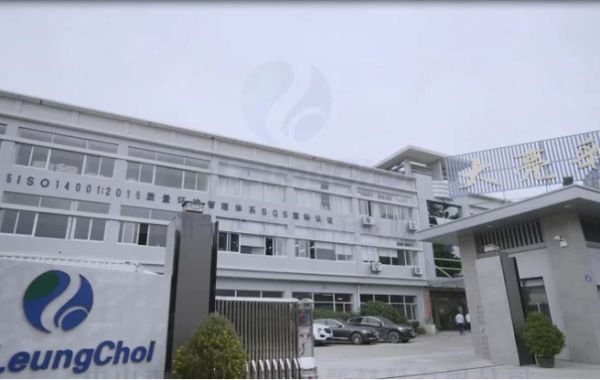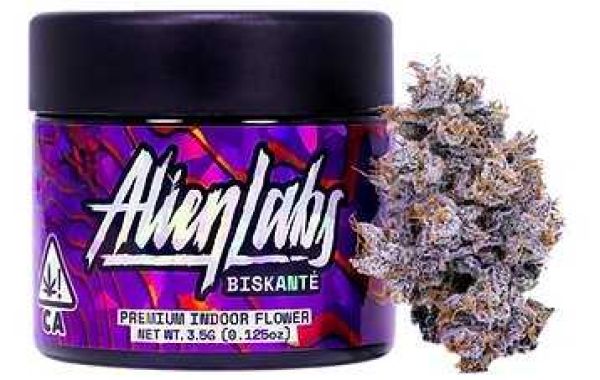When manufacturing masterbatches, the same resin as the resin to be coloured is used as the carrier, a high concentration of pigment (dyestuff) is added, and under the action of additives, the resin is heated, plasticised, blended and extruded into granules to make a special colouring agent suitable for that resin, called a special masterbatch.
Compared With Colour Powder Colouring, Masterbatch Colouring Has The Following Obvious Advantages.
- Strong targeting and correct colour matching. As the masterbatch manufacturing plant has reasonably selected the pigments (dyes), auxiliaries, processing equipment and processing technology in the manufacturing process for the properties of the applicable resin, it can correct and make up the colour differences that may be brought about by different batches of colour powders during the production process in time, and then carry out inspection when leaving the factory, thus ensuring that the colour of the same brand of masterbatch remains relatively stable between the two batches before and after.
- It improves the problem of environmental pollution caused by the flying of colour powder, and it is easy to change the colour during use, without the need for special cleaning of the extruder hopper, which is doubly convenient.
- Compared with the dry dyeing and granulation of batches of resin before making plastic parts, the use of colour masterbatch can reduce the ageing of resin properties caused by the secondary processing of plastic products, which is conducive to the improvement of the service life of plastic products.
The advantages of using masterbatches are that during processing, the pigments are fully mixed with the carrier resin under the action of additives. When used, the masterbatch is placed in a certain proportion in the resin to be processed, and the masterbatch quickly enters the role and recognises the "in-laws" with the resin. The affinity - compatibility is clearly superior to that of colour powder colouring and is therefore better appreciated by manufacturers of film and spun silk products.
Of course, masterbatch colouring also has its limitations, as the amount added is small, the processing time of plastic products is short and the dispersion of masterbatch is often not as good as that of colour powder due to the limitations of the extruder screw length to diameter ratio. With an additional manufacturing process, the cost of colouring is also necessarily higher than that of colour powder colouring. When the carrier in the masterbatch differs from the resin to be coloured, undispersed spots, colour spots and patterns often appear on the surface of plastic products, so the use of masterbatch is limited by its compatibility and dispersibility.








